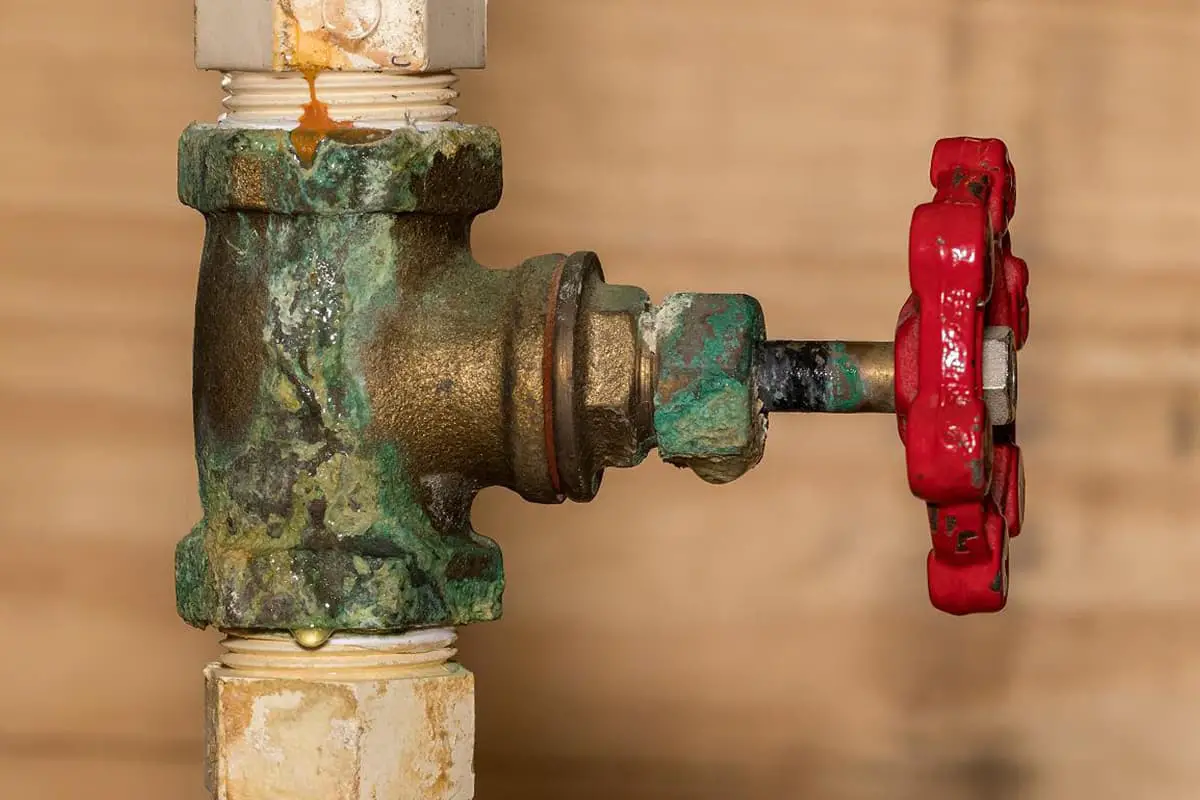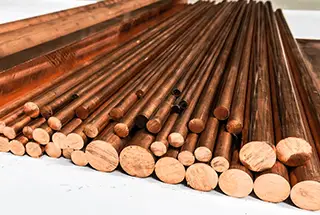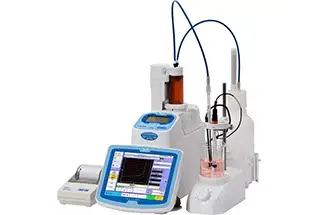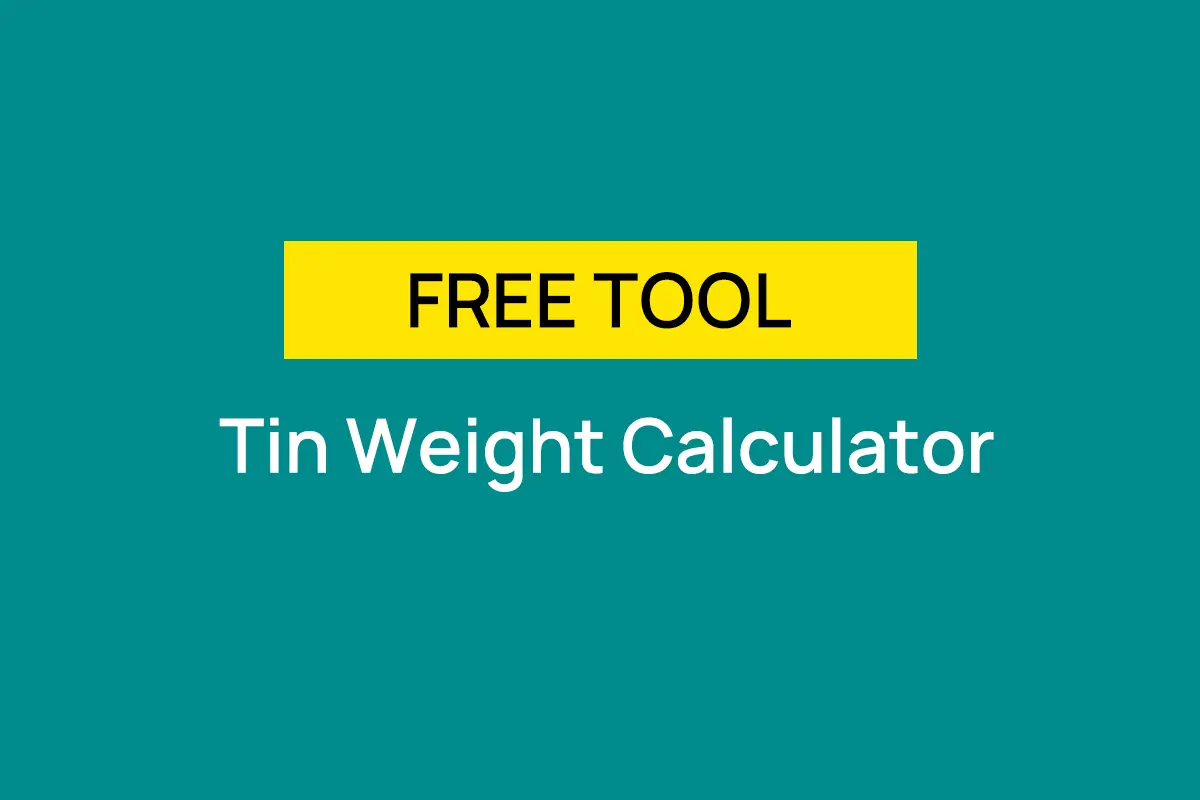
Have you ever wondered why some copper alloys are more suited for specific applications than others? This article dives into the distinct characteristics of brass, tin bronze, red copper, and white copper. It explores their composition, appearance, and uses, helping you understand which alloy fits your needs best. From electrical conductivity to corrosion resistance, discover the key properties that set these materials apart and how they impact everyday applications. Read on to make informed decisions about your next metalworking project.
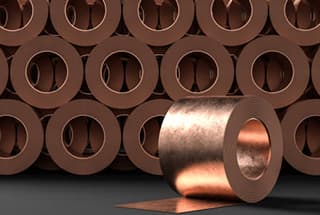
The earliest evidence of human use of copper dates back to 10,000 years ago, and was discovered through the excavation of copper beads made of natural copper in northern Iraq by archaeologists. Copper usage in China can also be traced back to 4,000 years ago. Initially, people used refined copper to create objects, but it was found to be too soft and had a limited lifespan. To improve the performance of copper, people began combining it with other metals to form copper alloys.
Today, based on their different alloy compositions, copper alloys can be classified into brass, copper, tin bronze, and white copper.
What is the difference between them?

Red copper is a type of copper with the highest copper content, ranging from 99.5% to 99.95%, with other elements being impurities. It can also be referred to as pure copper.
In terms of appearance, red copper is a rose red color and turns purple after oxidation. The brand composition of pure copper is typically designated by the letter “T” followed by a sequence number, with the copper content decreasing as the sequence number increases, such as T1 and T3. For instance, TP2 and TAg0.1 are also considered pure copper, while oxygen-free copper is represented by TU1 and TU2.
Red copper is known for its good plasticity and conductivity, making it a common choice for use in cables, wires, and other similar applications.
| Classification | Brand composition | Examples |
| Pure copper | T + sequence number 1 | T1, T3 |
| Pure copper (add other elements) | T + chemical symbol of added element + sequence number (1) or content of added element (2) | TP2, TAg0.1 |
| Oxygen free copper | Tu + sequence number (1) | TU1 and TU2 |

Brass is an alloy of copper and zinc, with copper and zinc being the most common elements. However, other elements, such as lead, manganese, and nickel, are often added to improve the hardness, strength, and chemical resistance of brass. Brass has a yellow appearance and is typically classified by its copper content, with grades designated by the letter “H” followed by the copper content percentage, such as H59, H90, etc.
For more complex brass alloys, the designation includes the chemical symbol of the second element and the content of other elements, separated by a hyphen, such as HPb89-2. Brass has good wear resistance and is commonly used in valves and pipelines due to its softness and strong wear resistance. It is also used in the manufacture of cartridge cases and musical instruments.
Related reading: Types of Brass

Bronze is an alloy that has been in use since ancient times. The earliest form of bronze was an alloy of copper and tin, which is known as tin bronze.
However, over time, the term “bronze” has come to encompass all copper alloys except those containing zinc and nickel. Some examples of bronze alloys include lead bronze and aluminum bronze. Bronze has a bronze-blue appearance, and its brand is typically designated in China by the letter “Q” followed by the chemical symbol of the first main added element and the content of elements other than zinc, such as Q Al5.
There are also some commonly used cast copper alloy grades, such as 5-5-5 tin bronze (ZCuSnPb5Zn5) and 10-3 aluminum bronze (ZCuAl0Fe3). Tin bronze has excellent casting performance and the smallest shrinkage rate, making it ideal for casting turbines, gears, and other similar components.

White copper is an alloy of copper and nickel, and it has a silver-white appearance. The designation for white copper is typically not specified in the information given.
| Ordinary white copper (binary) | B + nickel (containing cobalt) content | For example: B5, B30. |
| Complex white copper (more than three yuan) | B + the second main added element symbol + the content of elements other than copper (numbers are separated by “one”) | For example: BZn15-20, BA16-1.5, BFe30-1-1. |
| Note (1): copper content decreases with the increase of serial number.Note (2 ): the element content is the nominal percentage content (the same below). | ||
White copper is divided into two types: structural white copper and electrical white copper. Structural white copper has good corrosion resistance and is commonly used in instruments and medical devices, with grades such as B30 and B10. Electrical white copper, on the other hand, has good thermoelectric properties and is commonly used in resistance elements, such as the grade BMn3-12.
In terms of price, red copper is the most expensive type of copper alloy, followed by white copper, then bronze, and finally brass which is the least expensive. However, it is important to note that even the least expensive type of copper alloy, brass, is several times more expensive than iron.

